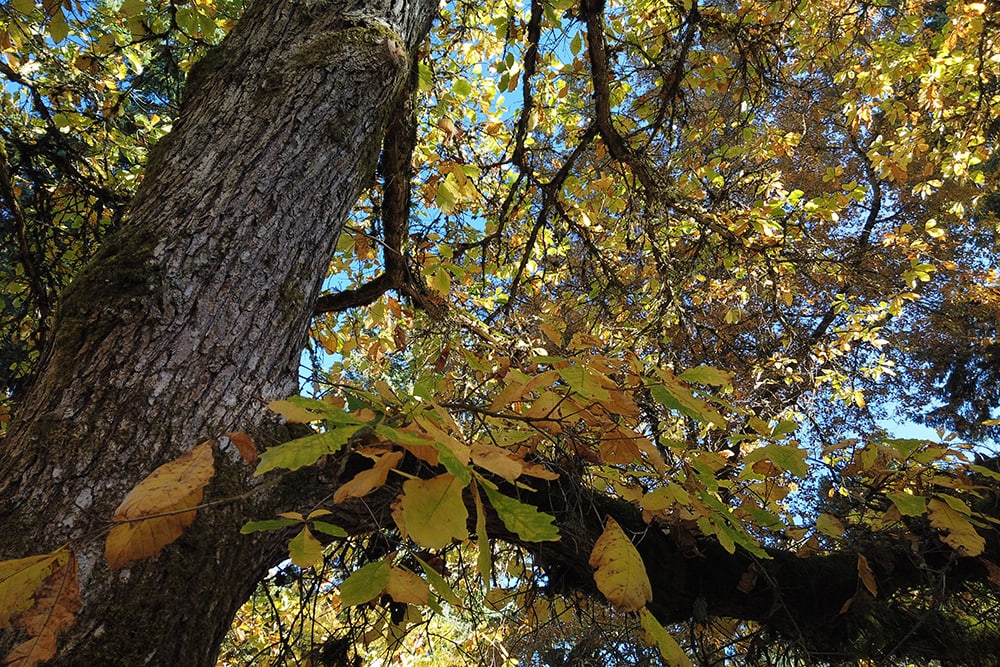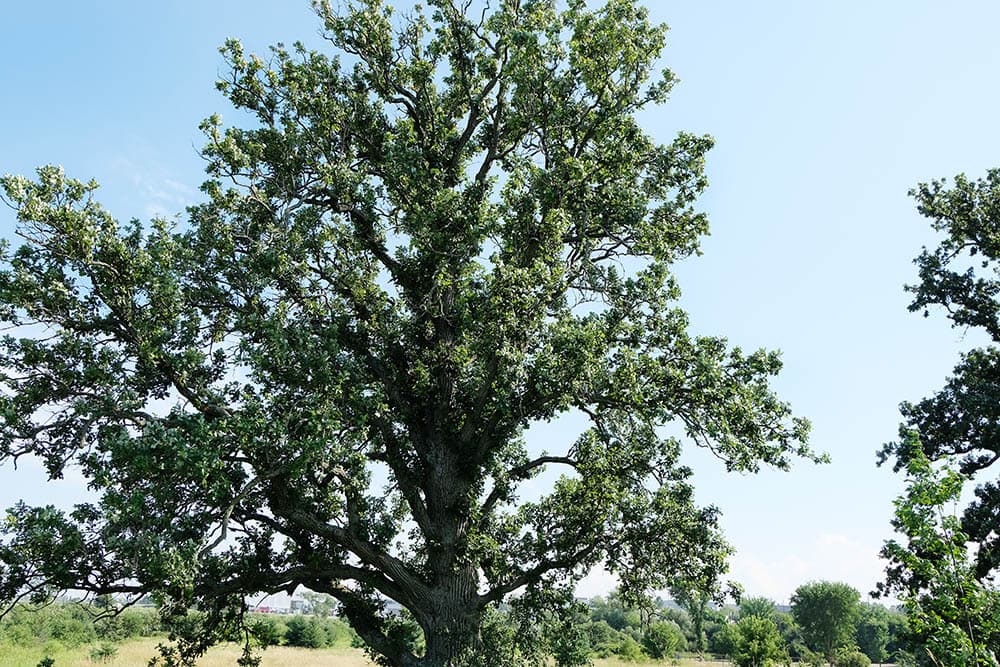What Is Maryland’s State Tree? How Was It Decided?
-
Pete Ortiz
- Last updated:

Some of you might know that states have their own flags, mottos, and flowers. All these things have special cultural and historical significance to each state. However, did you know that all 50 states also have a state tree? Like flags and flowers, state trees have symbolism and historical importance for each state.
For Maryland, the state tree is the white oak. If you are curious to learn why Maryland has the white oak for its state tree, read on!
What Is a White Oak?
White oaks (Quercus alba) are, indeed, an impressive tree. Reaching heights between 50–80 feet, they are usually identified as having broad limb width (equal to their height), creating a rounded appearance. In the summer, the white oak’s leaves are a dark green, changing to vibrant orange and red in the autumn. This oak tree also produces large acorn crops, which are an important food source for smaller mammals.
White oaks have tap roots, making them harder to transplant. However, the tap roots allow the white oak to get moisture found deeper underground. While this does not make them completely drought-resistant, their tap roots make them a hardy specimen. White oaks can live for up to 500 to 600 years.

The History of Maryland’s State Tree
White oaks are common around Maryland’s landscape. But why was a white oak chosen as the state tree? There is a good reason! In Talbot County, on the Eastern Shore, stood one of the largest white oaks in Maryland’s history. In fact, it was the largest living white oak in the nation’s history. It was estimated to be over 500 years old. Standing at 96 feet tall and with a limb spread of 119 feet, it was definitely a sight to behold.
The tree had many ‘owners’ over the centuries. The tree was growing on a piece of land called Wilton and owned by Thomas Williams in 1665. In 1705, Wilton was purchased by Richard Bennett and remained in the Bennett family until the end of the century. In 1797, Wilton land was divided into small lots. The tree was on a lot purchased by Syndenham T. Russum in the mid 1800s. By then, the tree was over 300 years old and starting to show its prowess. By the 1900s, the tree was given its name: Wye Oak.
In 1909, Maryland’s first state foresters came to measure the tree, as it had become quite famous by this time. Surprisingly, one of the foresters was named Fred Besley, who was a descendant of Wye Oak’s second owner, Richard Bennett. Wye Oak was nationally recognized for its impressive size, thus officially becoming Maryland’s state tree in 1941.

What Happened to Wye Oak?
Sadly, Wye Oak is no longer standing. On June 6, 2002, its massive trunk (reaching over 31 feet in circumference) collapsed during a thunderstorm. Many people thought Wye Oak would survive for another 100 years or so. It had already lost a few limbs due to severe weather but remained standing. Unfortunately, the thunderstorm in 2002 was too much for the old giant. After the tree fell, people were able to see how much it weighed: over 61,000 pounds.
Final Thoughts
Even though Wye Oak is no longer standing, its legacy lives on. Since white oaks produce plenty of acorns, and Wye Oak was no different. Thousands of Wye Oak’s acorns were planted across the state and the nation to represent the power of nature.
Featured Image Credit By: Malachi Jacobs, Shutterstock
Contents


